- Bubblegum: Cultivation, Propagation, Species and Varieties
- Cultivation
- Propagation
- Species and Varieties
- Benefits of Growing Bubblegum
- 1. Beautiful and Colorful Blooms
- 2. Fragrant Aroma
- 3. Easy to Grow
- 4. Versatile Plant
- 5. Cut Flower Potential
- 6. Propagation Opportunities
- 7. Attracts Beneficial Insects
- Cultivating Bubblegum Plants
- 1. Location and Soil
- 2. Planting
- 3. Watering and Fertilizing
- 4. Pruning
- 5. Pest and Disease Control
- 6. Propagation
- Propagation Methods for Bubblegum
- 1. Seed Propagation:
- 2. Stem Cutting Propagation:
- 3. Division Propagation:
- 4. Grafting Propagation:
- Popular Species of Bubblegum
- Pink Bubble Gum (P. glabrum)
- Blue Bubble Gum (P. caeruleum)
- Strawberry Bubble Gum (P. fragaria)
- Grape Bubble Gum (P. viniferum)
- Top Varieties of Bubblegum
- Bubble-licious
- Hubba Bubba
- Bazooka
- Dubble Bubble
- Juicy Fruit
- Conclusion
- Tips for Successful Bubblegum Cultivation
- 1. Choose the Right Variety
- 2. Provide Adequate Sunlight
- 3. Ensure Well-drained Soil
- 4. Water Regularly but Avoid Overwatering
- 5. Fertilize Appropriately
- 6. Prune Regularly
- 7. Provide Support if Necessary
- 8. Watch Out for Pests and Diseases
- 9. Harvest at the Right Time
- 10. Enjoy the Fruits of Your Labor
- Questions and Answers:
- What is bubblegum cultivation?
- Can bubblegum be grown at home?
- What are the different species of bubblegum?
- Are there any specific varieties of bubblegum plants?
- How long does it take for a bubblegum plant to mature?
- Videos: Growing Tradescantia From Stem Cuttings
Bubblegum is a sweet and flavorful type of chewing gum that is loved by people of all ages. It is known for its vibrant colors and sticky texture, which makes it a fun treat to enjoy. But did you know that bubblegum is not just a tasty treat, but also a fascinating plant?
The cultivation of bubblegum involves a careful process of planting and nurturing its seeds. These seeds, which are small and round, need to be planted in fertile soil and provided with proper sunlight and water to grow. Over time, the seeds develop into plants with thick stems and large, shiny leaves. The plants then produce buds, which eventually bloom into beautiful flowers.
Propagation of bubblegum involves taking cuttings from mature plants and replanting them in new soil. This method ensures that the new plants will have the same characteristics as the parent plant, including its flavor and color. It is a popular technique used by farmers and gardeners to grow a large number of bubblegum plants.
Bubblegum comes in various species and varieties, each with its own unique characteristics. Some species produce plants with bright pink flowers, while others have flowers in shades of purple or white. The different varieties also vary in taste, texture, and aroma. Some have a mild and sweet flavor, while others are more intense and fruity. Bubblegum enthusiasts often enjoy trying different species and varieties to discover their favorite.
In conclusion, bubblegum is not just a fun and tasty treat, but also a fascinating plant. Its cultivation involves a careful process of planting and nurturing seeds, while propagation is done through cuttings. There are different species and varieties of bubblegum, each with its own unique characteristics. So the next time you enjoy a piece of bubblegum, take a moment to appreciate the plant from which it came.
Bubblegum: Cultivation, Propagation, Species and Varieties
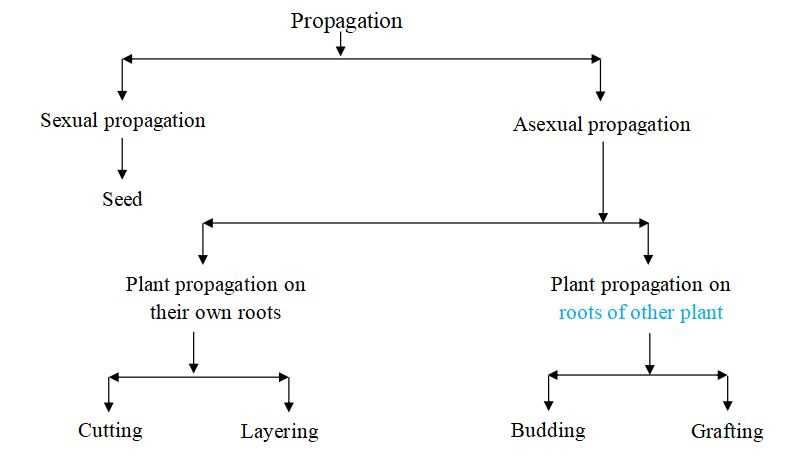
Cultivation
Bubblegum is a popular strain of cannabis that can be grown both indoors and outdoors. When cultivating bubblegum, it’s important to provide the plant with a stable environment and proper nutrients to ensure healthy growth.
- Indoor cultivation: Bubblegum can be grown indoors using various cultivation methods, such as hydroponics or soil-based systems. It requires a warm and humid environment with temperatures between 70 to 80 degrees Fahrenheit. The plant needs at least 12 hours of light per day during the vegetative stage, followed by 8-10 hours of darkness during the flowering stage.
- Outdoor cultivation: Bubblegum can also be grown outdoors in a climate with a long growing season. It thrives in a Mediterranean-like climate with lots of sunshine and moderate temperatures. The plant should be placed in a location with well-drained soil and protected from strong winds.
Propagation
Bubblegum can be propagated through various methods, including seeds, cuttings, and tissue culture.
- Seeds: Bubblegum seeds can be purchased from reputable seed banks. To germinate the seeds, they can be placed in a damp paper towel until they sprout, and then transferred to a growing medium.
- Cuttings: Bubblegum can be propagated from cuttings taken from a mature plant. The cuttings should be around 4-6 inches long with at least two nodes. They can be placed in a rooting hormone and then inserted into a growing medium until they develop roots.
- Tissue culture: Bubblegum can also be propagated through tissue culture, which involves taking a small piece of plant tissue and placing it in a nutrient-rich medium to stimulate growth. This method is more complex and requires specialized equipment and knowledge.
Species and Varieties
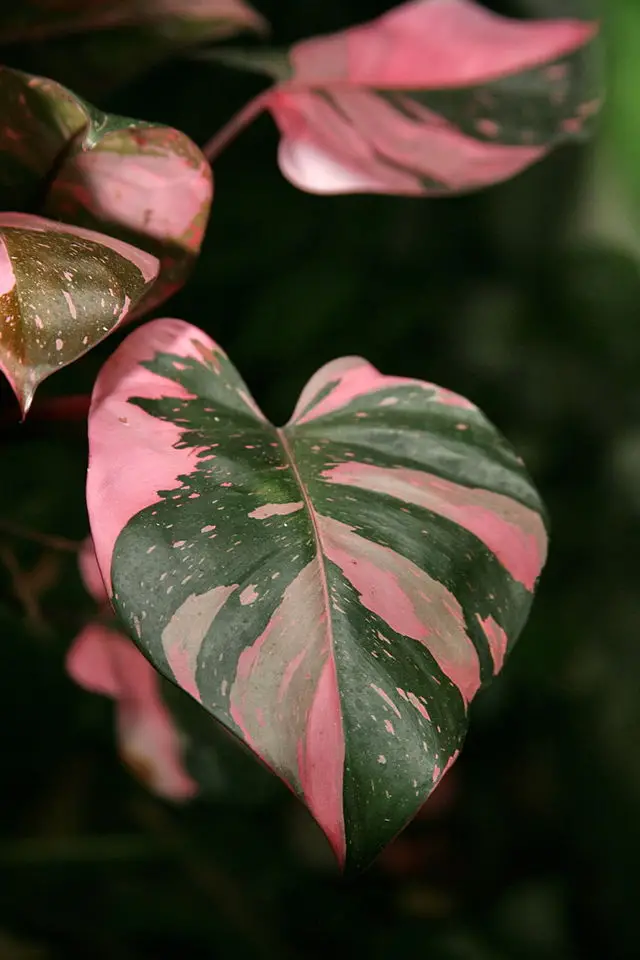
Bubblegum is primarily known as a hybrid strain, resulting from the crossbreeding of various cannabis strains. However, there are some variations and phenotypes of bubblegum that offer slightly different characteristics.
| Species/Variety | Description |
|---|---|
| Bubblegum OG | A cross between bubblegum and OG Kush, this variety offers a strong, fruity aroma and a potent high. |
| Bubblegum Kush | A hybrid strain with a sweet, bubblegum-like taste and relaxing effects. |
| Bubblegummer | This variety is known for its bubblegum flavor and uplifting, energetic effects. |
| Bubblegum Haze | A cross between bubblegum and Super Silver Haze, this variety combines the sweet taste of bubblegum with the uplifting effects of Haze. |
These are just a few examples of the species and varieties of bubblegum available, each offering its own unique combination of flavors and effects.
Benefits of Growing Bubblegum
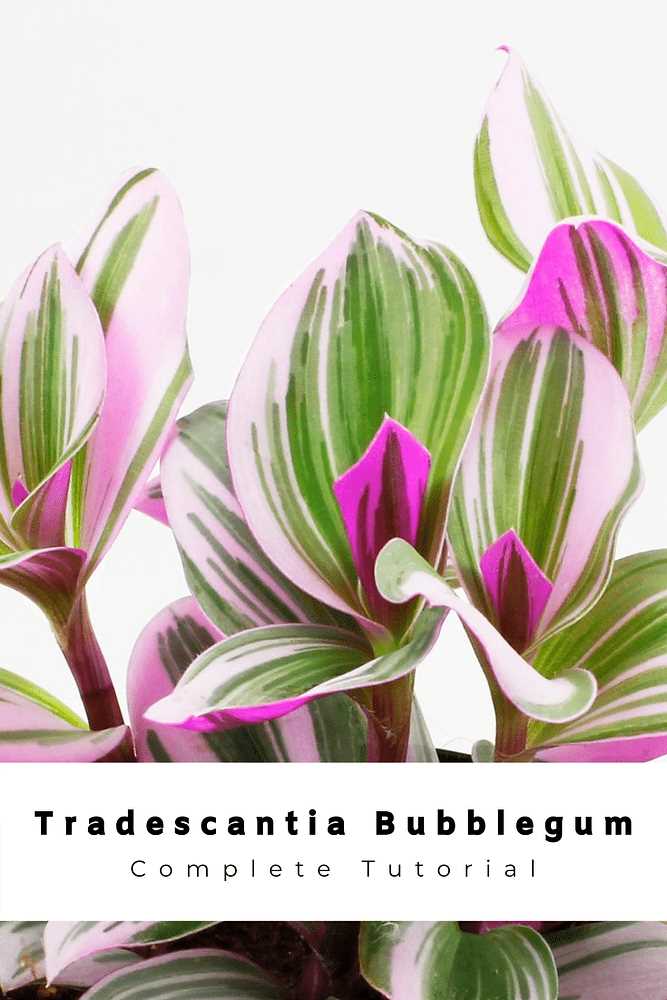
Growing bubblegum can bring many benefits to both novice and experienced gardeners. Here are a few reasons why you should consider cultivating bubblegum:
1. Beautiful and Colorful Blooms
Bubblegum plants produce vibrant and eye-catching blooms in shades of pink, purple, and white. These colorful flowers can add a touch of whimsy and charm to any garden or landscape.
2. Fragrant Aroma
The flowers of bubblegum plants release a sweet and delightful fragrance that can fill your garden with a pleasant scent. This aromatic feature can attract pollinators like butterflies and bees, enhancing the garden’s overall eco-system.
3. Easy to Grow
Bubblegum is a relatively low-maintenance plant, making it an ideal choice for beginner gardeners. It can tolerate a wide range of soil conditions and can grow well in both full sun and partial shade. This plant is also known for its resistance to common pests and diseases, reducing the need for constant monitoring and intervention.
4. Versatile Plant
Bubblegum can be grown in various settings, making it a versatile plant to have in your garden. It can thrive in flower beds, borders, containers, and hanging baskets, adding a burst of color and texture wherever you choose to plant it.
5. Cut Flower Potential
The long-lasting blooms of bubblegum make it an excellent choice for cut flower arrangements. You can harvest the flowers and create stunning bouquets to brighten up your home or give as thoughtful gifts to friends and loved ones.
6. Propagation Opportunities
Bubblegum is relatively easy to propagate through seeds or cuttings. This presents an opportunity for gardeners to expand their collection of bubblegum plants or share them with fellow gardening enthusiasts.
7. Attracts Beneficial Insects
By growing bubblegum, you can create a habitat that attracts beneficial insects like bees, butterflies, and hummingbirds. These creatures play a crucial role in pollination, helping to increase the yield and quality of other plants in your garden.
| Benefit | Description |
|---|---|
| Beautiful and Colorful Blooms | Vibrant and eye-catching flowers in shades of pink, purple, and white. |
| Fragrant Aroma | Release a sweet and delightful fragrance that can attract pollinators. |
| Easy to Grow | Low-maintenance plant that tolerates different soil conditions and pests. |
| Versatile Plant | Can be grown in various settings, such as flower beds, containers, and hanging baskets. |
| Cut Flower Potential | Long-lasting blooms that are perfect for creating beautiful cut flower arrangements. |
| Propagation Opportunities | Relatively easy to propagate through seeds or cuttings. |
| Attracts Beneficial Insects | Creates a habitat that attracts important pollinators. |
With these benefits in mind, growing bubblegum can be a rewarding and enjoyable experience for any gardener. Whether you are looking to add color to your garden, attract pollinators, or create stunning floral arrangements, bubblegum plants offer a variety of advantages that make them worth cultivating.
Cultivating Bubblegum Plants
Bubblegum plants are colorful and fragrant flowering plants that are popular among gardeners for their vibrant blooms and sweet scent. Cultivating bubblegum plants can be an enjoyable and rewarding experience. Here are some tips to help you successfully grow bubblegum plants:
1. Location and Soil
Bubblegum plants prefer sunny locations with well-draining soil. Choose a spot in your garden that receives at least 6-8 hours of sunlight per day. The soil should be fertile and well-drained to prevent waterlogged roots. If your soil is heavy clay or sandy, amend it with organic matter such as compost to improve its texture and nutrient content.
2. Planting
When planting bubblegum plants, dig a hole that is slightly larger than the root ball. Gently loosen the roots and place the plant in the hole, making sure that the top of the root ball is level with the soil surface. Backfill the hole with soil and gently firm it around the plant. Water thoroughly after planting to help the plant establish its roots.
3. Watering and Fertilizing
Keep the soil consistently moist but not soggy. Water the plants deeply once a week, or more frequently during hot, dry weather. Avoid overwatering, as this can lead to root rot. Fertilize the plants with a balanced, slow-release fertilizer in early spring and midsummer to promote healthy growth and abundant blooms.
4. Pruning
Regular pruning is important for maintaining the shape and appearance of bubblegum plants. Prune the plants in early spring before new growth begins, removing any dead or damaged branches and shaping the plant as desired. Pinch back the tips of the stems throughout the growing season to encourage bushier growth and more blooms.
5. Pest and Disease Control
Bubblegum plants are generally resistant to pests and diseases. However, they may occasionally be affected by aphids, spider mites, or powdery mildew. Monitor the plants regularly and take action at the first sign of infestation. Use insecticidal soap or neem oil to control pests, and treat powdery mildew with a fungicide approved for ornamental plants.
6. Propagation
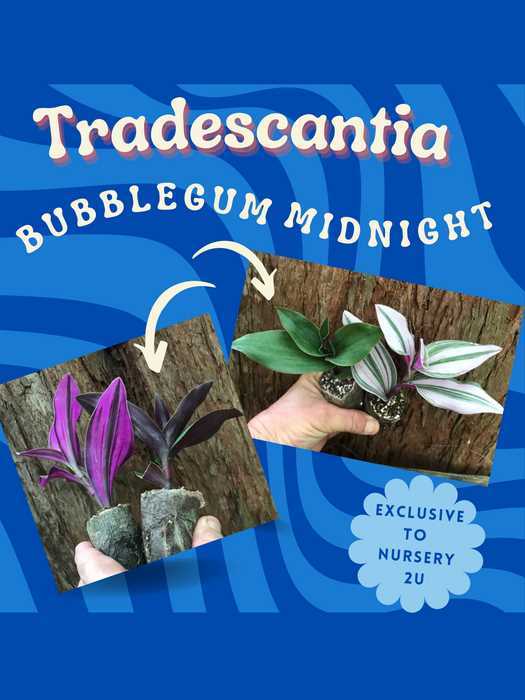
Bubblegum plants can be propagated from stem cuttings or seeds. To propagate from stem cuttings, take 3-5 inch cuttings from healthy plants in spring or early summer. Remove the lower leaves and dip the cut end in rooting hormone. Plant the cuttings in a well-draining potting mix and keep them in a warm, humid environment until they root. To propagate from seeds, sow them directly in the garden after the last frost or start them indoors 6-8 weeks before the last frost date.
By following these tips, you can successfully cultivate bubblegum plants and enjoy their vibrant flowers and sweet aroma in your garden.
Propagation Methods for Bubblegum
Bubblegum plants can be propagated through various methods. Here are some common propagation methods for Bubblegum:
1. Seed Propagation:
- Collecting Seeds: Allow the Bubblegum plant to produce mature flowers and seeds. Collect the seeds from the mature flower heads.
- Sowing Seeds: Sow the collected seeds in a seed starting mix or potting soil. Cover the seeds lightly with soil and provide them with proper watering.
- Germination: Place the seed tray in a warm and well-lit area. The seeds will germinate within 7-21 days.
- Transplanting: Once the seedlings have developed enough leaves, transplant them into individual pots or to the desired location in the garden.
2. Stem Cutting Propagation:
- Selecting Cuttings: Choose healthy stems from the Bubblegum plant that are free from diseases and pests.
- Preparing Cuttings: Cut a 4-6 inch long stem from the selected portion. Remove the lower leaves, leaving only a few at the top.
- Rooting Hormone: Dip the bottom end of the stem in rooting hormone powder or gel to promote root growth.
- Planting Cuttings: Insert the cuttings in a tray or container filled with well-draining potting mix. Place the tray in a warm and well-lit area.
- Rooting: The cuttings will root within 4-6 weeks. Keep the soil moist but not waterlogged during this period.
- Transplanting: Once roots have established, transplant the rooted cuttings into individual pots or to the desired location in the garden.
3. Division Propagation:
- Preparing the Plant: Dig up the mature Bubblegum plant, making sure to keep the root system intact.
- Dividing the Plant: Gently separate the plant into multiple sections, ensuring that each section has a good portion of the root system.
- Planting the Divisions: Plant the divided sections in pots or in the desired location in the garden. Ensure proper watering and care for the newly divided plants.
4. Grafting Propagation:
Note: Grafting is a more advanced propagation method and is not commonly used for Bubblegum plants.
- Selecting Rootstock: Choose a rootstock plant that is compatible with Bubblegum.
- Preparing the Scion: Take a cutting from a healthy Bubblegum plant and trim it to the desired size.
- Grafting: Attach the scion to the rootstock using grafting techniques such as whip grafting, cleft grafting, or side-veneer grafting.
- Protection: Protect the grafted area using grafting tape or grafting wax to ensure proper healing.
- Care: Provide the grafted plant with proper care and maintenance, ensuring that the graft union is kept intact.
These propagation methods allow gardeners to multiply their Bubblegum plants and share them with others. Choose the method that suits your gardening skills and preferences.
Popular Species of Bubblegum
Pink Bubble Gum (P. glabrum)
Pink Bubble Gum, also known as P. glabrum, is one of the most popular species of bubblegum. It is characterized by its vibrant pink flowers that resemble bubbles, hence the name. This species is native to the tropical regions of South America and is known for its sweet and fruity flavor.
Blue Bubble Gum (P. caeruleum)
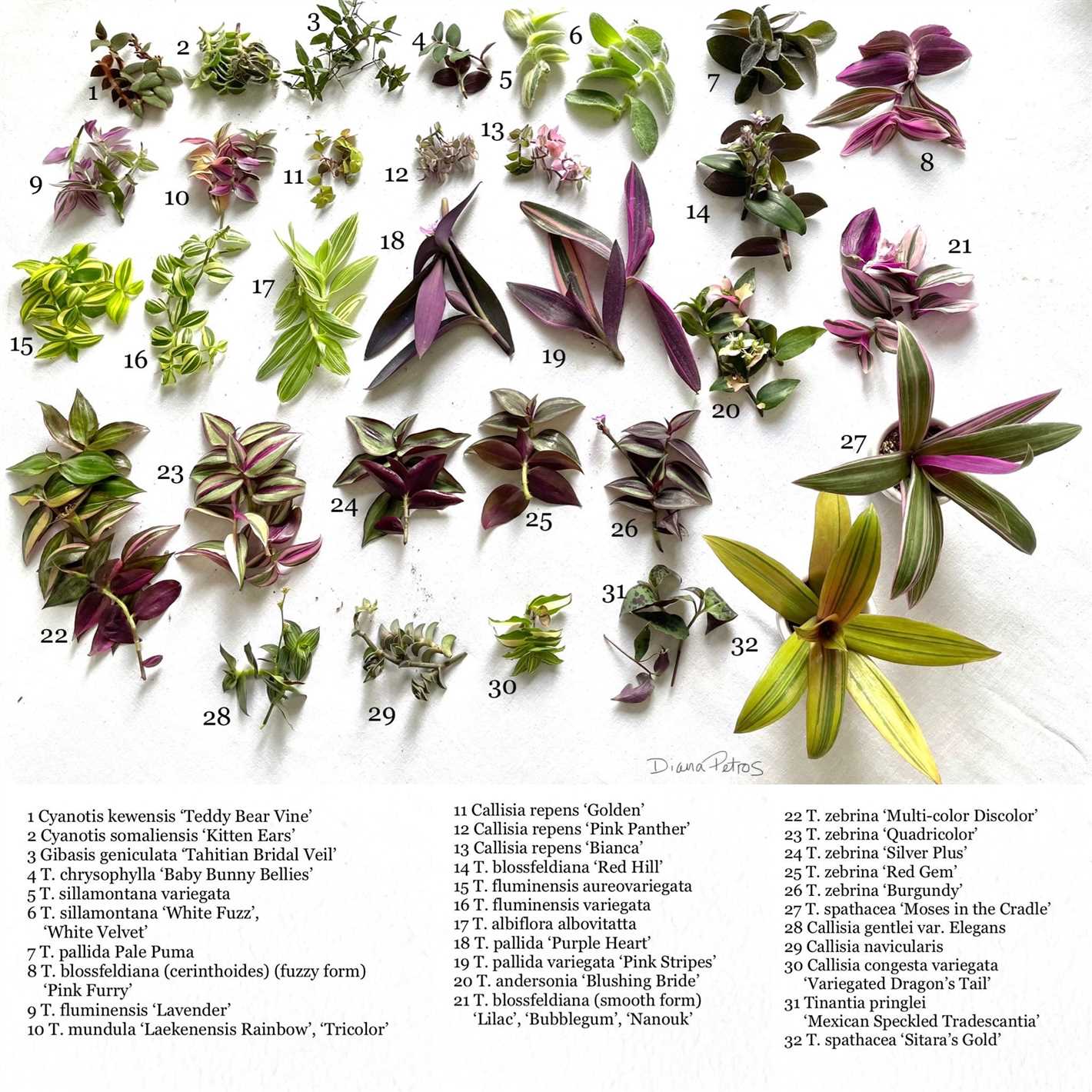
Blue Bubble Gum, or P. caeruleum, is another popular species of bubblegum. It is known for its striking blue flowers, which are quite rare in the plant world. This species is native to the rainforests of Southeast Asia and has a unique minty flavor.
Strawberry Bubble Gum (P. fragaria)
Strawberry Bubble Gum, scientifically known as P. fragaria, is a species that is highly sought after for its delicious strawberry flavor. Its flowers are white or light pink in color and emit a pleasant aroma. This species is native to North America and can be found in various regions.
Grape Bubble Gum (P. viniferum)
Grape Bubble Gum, or P. viniferum, is a species of bubblegum that is prized for its grape-like flavor. It produces small purple or dark blue flowers. This species is native to Europe and is commonly found in vineyards and gardens.
| Species | Flower Color | Flavor | Origin |
|---|---|---|---|
| Pink Bubble Gum | Pink | Sweet and fruity | South America |
| Blue Bubble Gum | Blue | Minty | Southeast Asia |
| Strawberry Bubble Gum | White or light pink | Strawberry | North America |
| Grape Bubble Gum | Purple or dark blue | Grape-like | Europe |
These are just a few examples of the popular species of bubblegum. Each species has its own unique characteristics, flavors, and origins, making them an interesting and diverse addition to any garden or collection.
Top Varieties of Bubblegum
Bubble-licious
One of the most popular varieties of bubblegum is Bubble-licious. This variety is known for its sweet and fruity flavor, making it a favorite among bubblegum enthusiasts. Bubble-licious also has a long-lasting chewability, allowing you to enjoy the gum for an extended period of time.
Hubba Bubba
Hubba Bubba is another well-known bubblegum variety. It is famous for its large size and ability to produce big bubbles. Hubba Bubba offers a wide range of flavors, from classic bubblegum to more unique options like watermelon and strawberry. This variety is perfect for those who enjoy blowing bubbles and trying different flavors.
Bazooka
Bazooka is a classic bubblegum brand that has been around for decades. Known for its signature red packaging, Bazooka gum has a distinct flavor that many people love. It is a bit harder and less chewy compared to other varieties, but it still provides a satisfying bubblegum experience. Bazooka also includes small comic strips inside the packaging, adding a fun and nostalgic touch.
Dubble Bubble
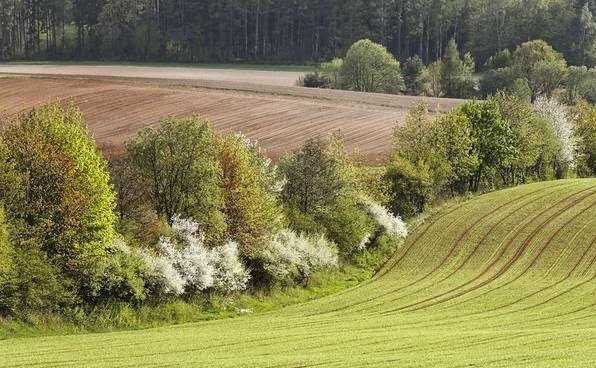
Dubble Bubble is a bubblegum variety that has stood the test of time. This classic gum is known for its bright pink color and nostalgic flavor. Dubble Bubble is a favorite among both kids and adults and is often used in gumball machines. Its chewy texture and traditional bubblegum taste make it a top choice for bubblegum enthusiasts.
Juicy Fruit
Although not traditionally considered a bubblegum variety, Juicy Fruit has gained popularity among bubblegum fans. It offers a unique combination of juicy flavors and a soft texture, making it a pleasant and refreshing chewing experience. Juicy Fruit is known for its iconic yellow packaging and is often chosen by those looking for a burst of flavor in their gum.
Conclusion
These are just a few of the top varieties of bubblegum available. Each variety offers its own unique taste, texture, and fun factor. Whether you prefer classic flavors or enjoy experimenting with different options, there is a bubblegum variety out there for everyone.
Tips for Successful Bubblegum Cultivation
1. Choose the Right Variety
When cultivating bubblegum, it is important to choose the right variety that suits your growing conditions and preferences. There are several different species and hybrid varieties available, each with their own unique characteristics and growth requirements. Consider factors such as climate, soil type, and available sunlight when selecting your bubblegum variety.
2. Provide Adequate Sunlight
Bubblegum plants thrive in full sunlight, so it is essential to provide them with at least 6-8 hours of direct sunlight per day. Choose a sunny spot in your garden or use grow lights if you are cultivating bubblegum indoors. Lack of sunlight can result in weak growth and poor flowering.
3. Ensure Well-drained Soil
Bubblegum plants require well-draining soil to prevent waterlogging, which can lead to root rot and other diseases. Make sure the soil is loose and crumbly, allowing excess water to drain away freely. Adding organic matter such as compost or peat moss can help improve soil drainage.
4. Water Regularly but Avoid Overwatering
Bubblegum plants prefer moist soil but can be sensitive to overwatering. Water your plants regularly, keeping the soil evenly moist without letting it become waterlogged. Avoid watering too frequently or allowing the soil to dry out completely, as both extremes can harm the plants.
5. Fertilize Appropriately
Apply a balanced fertilizer to your bubblegum plants every 4-6 weeks during the growing season to provide them with the necessary nutrients. Use a slow-release fertilizer or follow the instructions on the packaging for proper dosage. Over-fertilizing can lead to excessive vegetative growth and reduced flowering.
6. Prune Regularly
Regular pruning helps promote branching and bushier growth in bubblegum plants. Pinch off the growing tips of the stems to encourage lateral shoots and remove any dead or damaged foliage. This will also improve air circulation around the plants, reducing the risk of fungal diseases.
7. Provide Support if Necessary
Some bubblegum varieties can grow tall and may require support to prevent them from bending or breaking under their own weight. Use stakes or a trellis to provide support and guide the growth of your plants. Secure the stems loosely to avoid damaging them.
8. Watch Out for Pests and Diseases
Keep an eye out for common pests such as aphids, mealybugs, and spider mites which can infest bubblegum plants. Regularly inspect the leaves and stems for any signs of damage or infestation. Treat pests promptly with organic insecticides or homemade remedies. Additionally, ensure good air circulation and avoid overwatering to prevent fungal diseases.
9. Harvest at the Right Time
Bubblegum plants typically start flowering in late spring or early summer, and the flowers can be harvested for their fragrance or used in various culinary applications. Harvest the flowers when they are fully open, usually in the morning when the fragrance is at its peak. Use a pair of garden shears to cut the flowers just above a healthy leaf node.
10. Enjoy the Fruits of Your Labor
Once you have successfully cultivated bubblegum plants, enjoy the beautiful and fragrant flowers they produce. Whether you use them for their aroma or add them to your favorite recipes, the fruits of your labor will surely bring joy and satisfaction.
Questions and Answers:
What is bubblegum cultivation?
Bubblegum cultivation refers to the process of growing and harvesting bubblegum plants for their leaves, which are used in the production of chewing gum.
Can bubblegum be grown at home?
Yes, bubblegum can be grown at home. It is a relatively easy plant to cultivate, and with the right care and conditions, you can have your own bubblegum plant in your garden or even indoors.
What are the different species of bubblegum?
There are several different species of bubblegum, including Mentha arvensis (field mint), Mentha spicata (spearmint), and Mentha piperita (peppermint). Each species has its own unique characteristics and flavors.
Are there any specific varieties of bubblegum plants?
Yes, there are many different varieties of bubblegum plants, each with its own specific flavor and aroma. Some popular varieties include Bubblegum Mint, Bubblegum Spearmint, and Bubblegum Peppermint.
How long does it take for a bubblegum plant to mature?
The time it takes for a bubblegum plant to mature can vary depending on the species and growing conditions, but on average, it takes about 2-3 months for the plant to reach its full maturity and be ready for harvesting.







